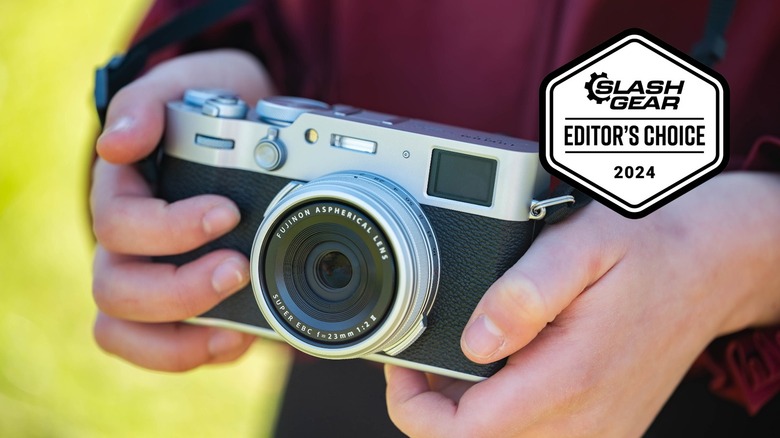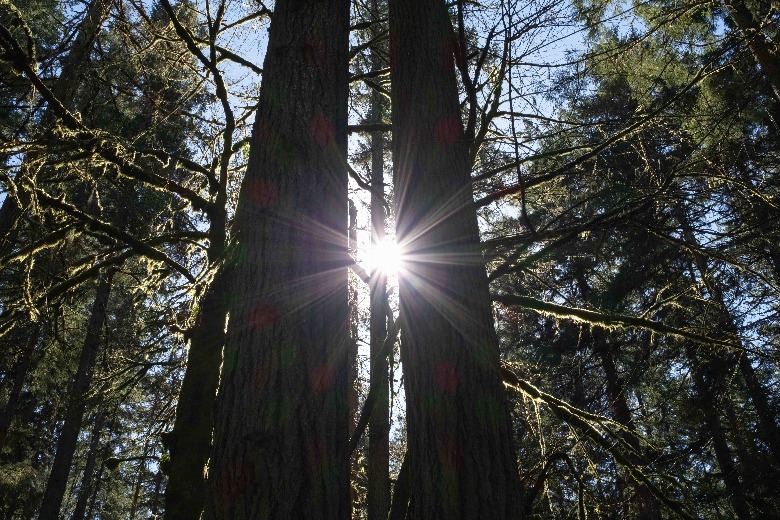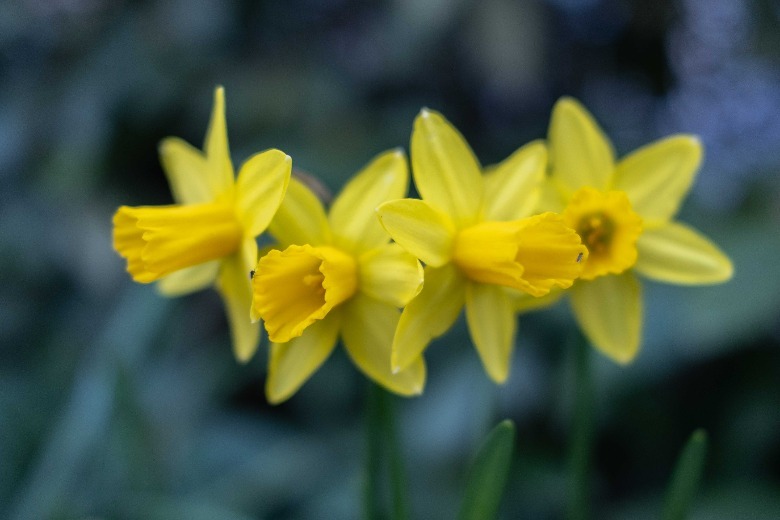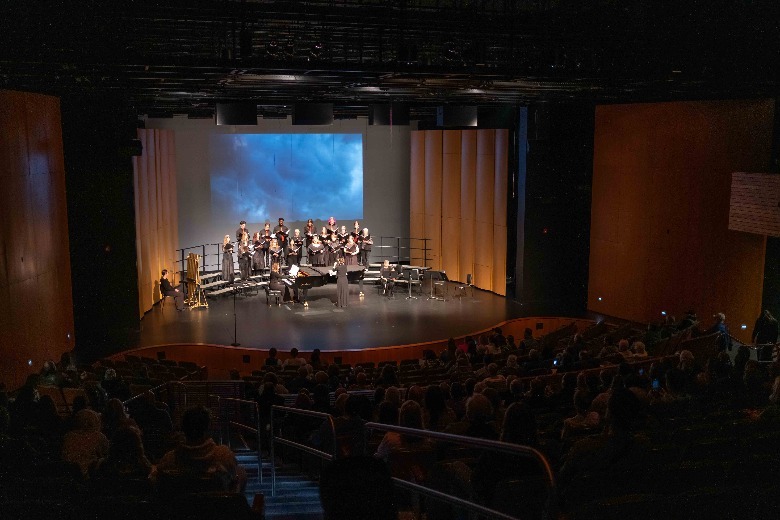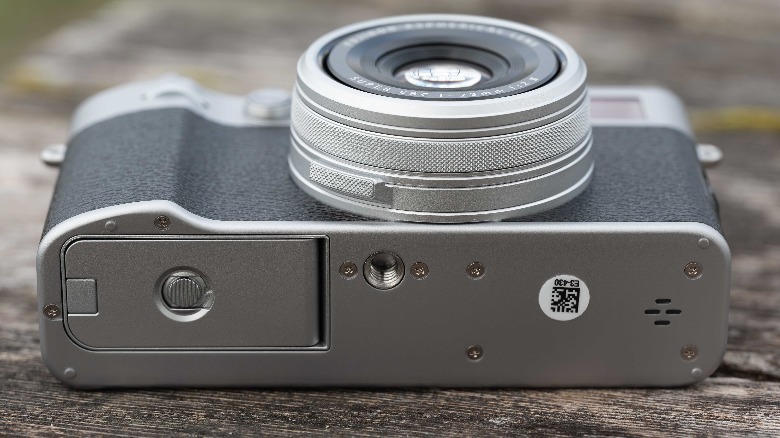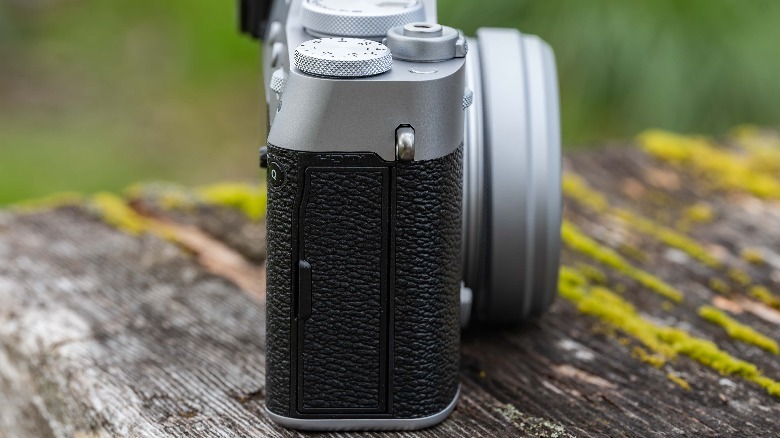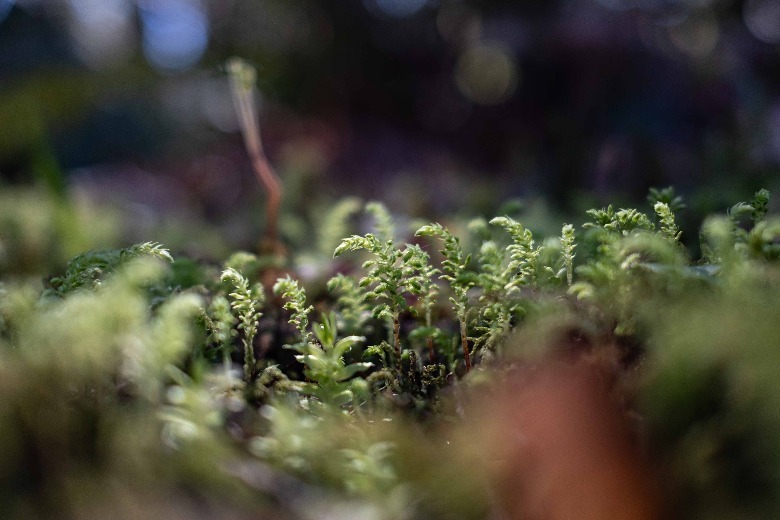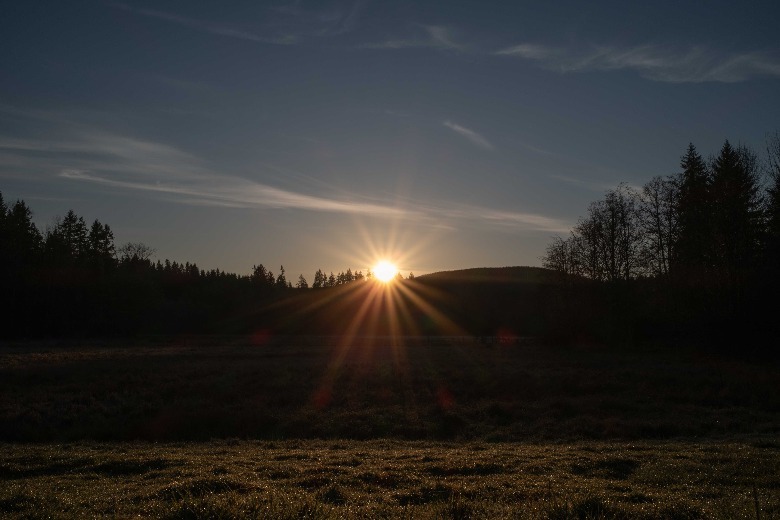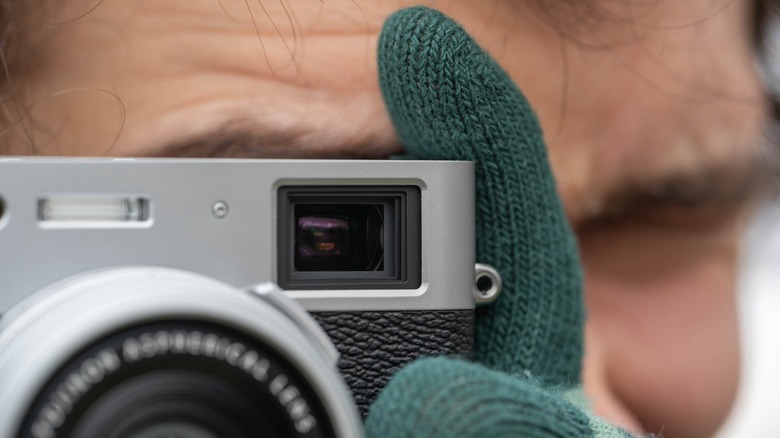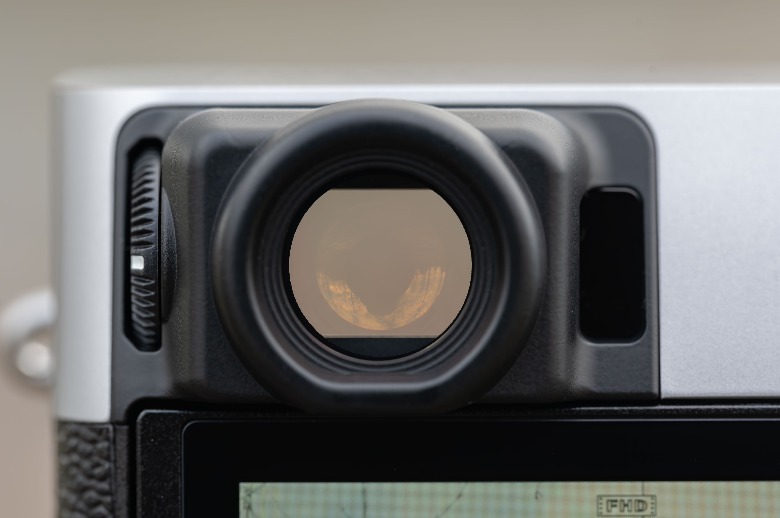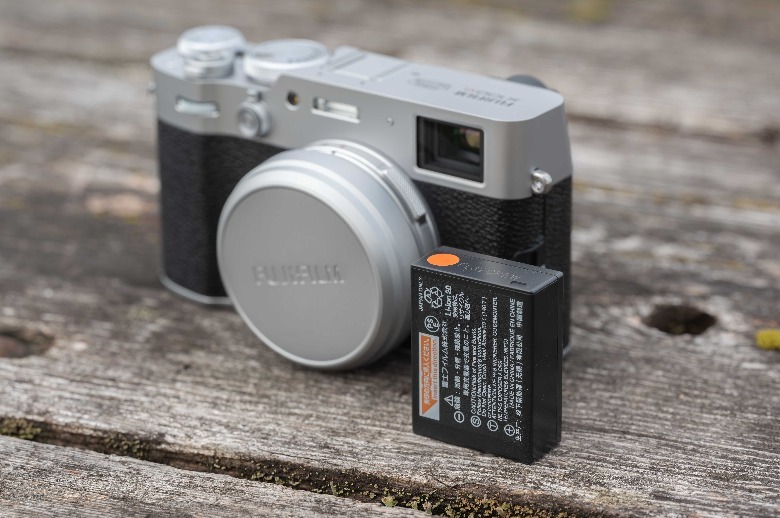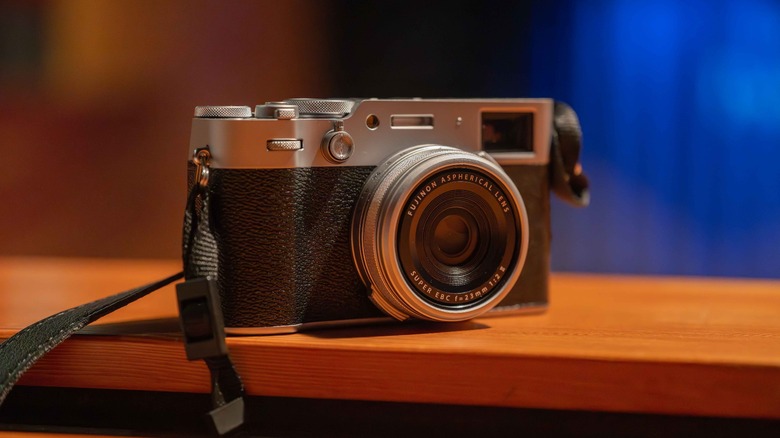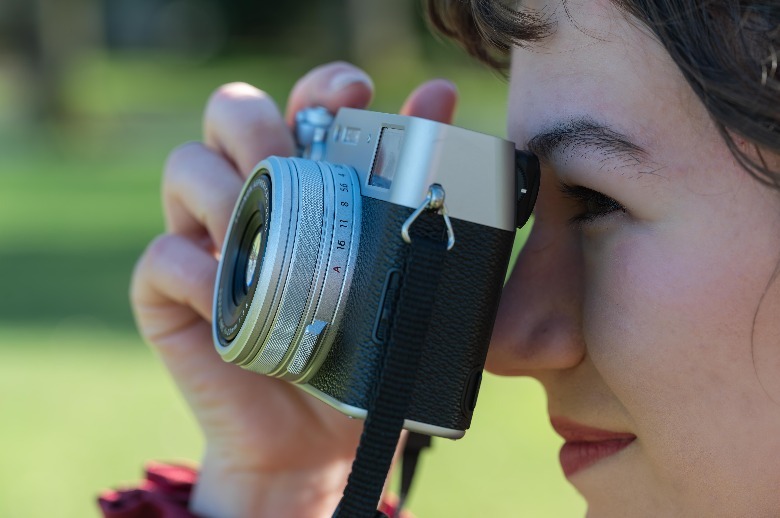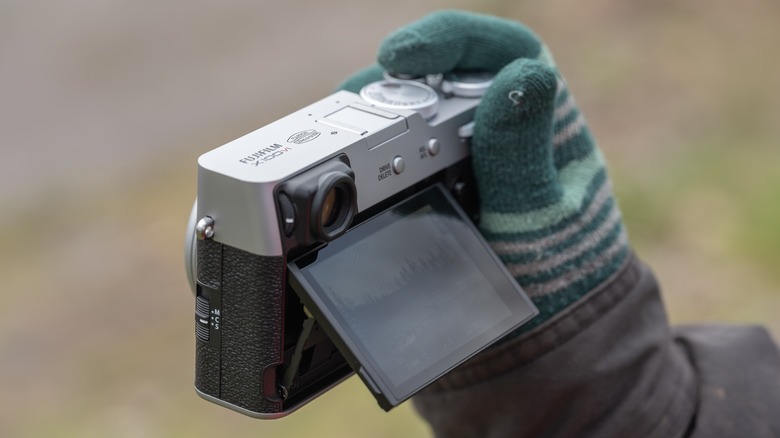Fujifilm X100VI Review: More Than Just A Pretty Camera
- Excellent image quality
- Beautiful design with physical, dedicated exposure controls
- Rangefinder system is fun and effective
- Small and lightweight, ideal for travel
- Integrated fixed focal length lens is bright and sharp
- Great on-board film simulation
- Effective image stabilization
- Expensive
- Missing a dedicated photo/video mode switch
If you're looking for a camera for your next vacation, or just something small and light that will take great photos, then the Fujifilm X100VI is probably on your radar. On paper and in promo images, this little gadget has all the modern features you could want packed into an almost pocket-sized form factor, along with a retro appearance that transforms it into something of a work of art. It seems as if, in recent years, classic stylings for cameras have been making a comeback, which is great to see, as there are definite advantages to the way these devices used to be constructed compared to modern designs.
It's not surprising that demand for this camera has already well outpaced the supply. A special edition of the camera limited to just 1,934 units sold out in just a few minutes, and Fujifilm says it'll take months to fill current orders for the camera. With that in mind, is the Fujifilm X100VI worth putting your name on a waitlist in the hope of nabbing one for a summer vacation?
Fujifilm provided a sample of the X100VI for this review.
High resolution sensor delivers beautiful images
The 40-megapixel sensor of the Fujifilm X100VI delivers spectacular images. It's an APS-C-sized sensor with a 1.52x crop factor compared to full frame, meaning that its 23mm Fujinon lens has the equivalent focal length of a 35mm. This lens has a very bright maximum aperture of F/2.0, and features 8 elements in 6 groups. Photographers shouldn't be put off by the smaller-than-full-frame sensor however, because the photos produced by the X100VI are so good I'd swear they were captured on full frame if I didn't know otherwise.
The high resolution of the sensor provides sharp details and renders colors beautifully, and the lens is practically free of distortion, vignetting, or other flaws. It handles flaring really well and produces lovely sunstars. Bokeh is nice and smooth too, with that bright f/2.0 aperture allowing you to blur the background for decent subject separation. Thanks to a built-in 4-stop ND filter, the X100VI is more capable than many other cameras of utilizing its maximum aperture in bright conditions.
Classic design looks as good as the photos it takes
There's no denying that the Fujifilm X100VI is beautifully designed. Available in black or silver, it really captures the look and feel of retro cameras. Physical, dedicated exposure dials are fun to operate, and the hidden ISO dial inside of the shutter speed dial is particularly cool. This is a camera which will make you excited to take photos, and which doubles as a fashion accessory.
A full range of modern menus and digital controls are also available, including a touchscreen interface. My one complaint is that there's no dedicated physical switch to toggle between photo and video modes. Instead you have to press the drive select button and select the shooting mode from a menu.
There's only a single SD card slot, which might irk some photographers but which doesn't bother me. For ports, you get USB Type-C, a Type D HDMI Micro connector, a microphone/shutter release input, and a hotshoe. There's also a small built-in flash.
Build quality is spectacular – the metal construction of the Fujifilm X100VI is a large part of why it captures the look and feel of classic cameras so well. The only downside comes in the form of weather sealing, as the camera is only fully weather-sealed if you also purchase an optional lens adapter. It weighs just 521 grams with battery/memory card included, and this light weight coupled with its diminutive size makes it a great option for travel, or for any time you don't want to lug around a large and heavy camera setup.
Film simulation and video capabilities
A key feature of the Fujifilm X100VI is its range of film simulation modes. These number 20 in total, and include such classics as Provia, Velvia, and Astia. The difference between many is subtle, and if you're shooting in RAW you can always change your mind on the look after the fact in post-processing. In-camera you can also add grain and color chrome effects to further deepen the simulation of shooting on film. Another pair of features that are nice to have are the 1.4x and 2x digital teleconverters, which essentially crop your image prior to shooting. This can help with composition. HDR shooting is also quite effective and produces very natural images even hand-held so that you can avoid blown-out highlights and crushed shadows even in very high contrast conditions.
The Fujifilm X100VI is also no slouch when it comes to video recording, as you can shoot up to 6.2k video at 30fps, 4k at up to 60fps, and slow motion 1080p footage at up to 240fps. Video quality is great, thanks to 10-bit recording, and it's even possible to get reasonably steady shots hand-held due to the 6.0 stop in-body image stabilization (IBIS). This IBIS system also helps you capture steady still photos in low-light situations using slow shutter speeds. The previous mark 5 version of this camera didn't have IBIS, so this might well be a reason you'd want to upgrade from the X100V.
Autofocus is fast and accurate, with effective subject detection and object tracking. It did a great job of automatically figuring out what I wanted to focus on in most situations.
Hybrid viewfinder is a nice break from screens
A standout feature of the Fujifilm X100VI is its hybrid digital/optical viewfinder, which is very much like the rangefinder systems of classic film cameras, but with a clever modern twist. The viewfinder is essentially a glass window peeking out past the lens so that you can light up your shot without staring at an electronic display, but inside is a transparent digital display which overlays a variety of data in real time.
There's also a tiny little screen in the corner of this display to show you what the sensor sees, or you can choose to have an EVF (electronic viewfinder) pop up and show you a full screen feed from the camera sensor. It's an incredible piece of engineering, and it's one of the key reasons to choose the Fujifilm X100VI over other cameras.
The main 3-inch touchscreen display of the camera is very nice indeed, featuring 1.62 million dots for crisp detail. It's bright and renders colors accurately. It articulates to tilt up and down, which allows for some flexibility while shooting.
Battery life is decent, lasting between 310 to 450 frames, or between 45 minutes and 85 minutes of video recording. That's enough so that I never felt too limited with a single battery, though of course, you'll also want to carry a spare.
Pricier than its predecessor puts it perilously close to stiff competition
The major drawback to the Fujifilm X100VI is its $1599.95 price point, which is $200 more than the Fujifilm X100V. While the camera is a significant upgrade, that's still a lot of money to ask for a fixed lens compact camera. However, considering that the X100V is so popular that it still sells well above MSRP even after the launch of the X100VI, it's not surprising that Fujifilm decided to start the new model at a higher price. The X100VI does deliver value despite its steep cost, given its capabilities, beautiful design, and build quality, but it's also worth keeping in mind other contemporary cameras.
The Fujifilm X-T30II is available for between $899 and $1299, and offers much of what makes the X100VI great, but in a body with an interchangeable lens mount. Another attractive alternative is the Nikon Zfc, which bears much in common with Fujifilm's retro-style cameras, and is available in a $1199.95 bundle with a matching 28mm lens.
If you want to go with a more expensive option, the Nikon Zf has a full frame sensor, classic good looks, and comes bundled with a 40mm prime lens for $2236.95. You don't get the cool hybrid optical viewfinder of the X100VI with these other cameras, however, and they aren't as compact and portable.
Conclusion
The Fujifilm X100VI is a worthy successor to the popular X100V, and it might be the perfect compact travel camera. It's a wonderful device for reinvigorating your enthusiasm for photography, with its beautiful design and tactile control scheme. It's not perfect, and it's definitely expensive, but it makes up for that with great image quality, and a really cool hybrid optical viewfinder that bridges the gap between digital and analog photography. This is a camera that delivers the best of both worlds, both in terms of the comparison between film and digital cameras — and between the typical point-and-shoot compact and the advanced mirrorless camera.
If you're looking for a fun, cool camera that won't weigh you down, and which is fashionable enough to carry with you in situations where a more typical modern digital camera might stick out like a sore thumb, then the X100VI is just about the best option available.
The Fujifilm X100VI is available from Fujifilm's online store for $1,599.95.
